Rolling our clocks back for the end of daylight saving time offers a reminder to check our smoke detectors and batteries. Fresh batteries and detectors will help protect our loved ones and property.

As an interesting Good Housekeeping article notes, the twice-yearly synchronization of our computers is, of course, automatic. Resetting our clocks and other devices requires manual intervention — so it’s a great policy to simultaneously and routinely check our smoke alarms’ power sources, too.
The Risk of Fire
Why should you add battery checkup to your list of things to do? Well, according to a survey cited in the article, only 57 percent of those who owned fire alarms had followed best practices and checked their alarms in the six months prior to being polled.
The U.S. Consumer Protection Agency echoes the findings of the magazine article, noting that in the United States, annually, there are:
- About 330,000 home fires
- Roughly 2,200 deaths
- Some 11,000 emergency-room related injuries
Maintaining Smoke Alarms
Proper installation and maintenance of smoke alarms will reduce risk. When adding the alarm test to your daylight-saving time to-do list, there are some best practices to observe that will reduce risks and make the process more streamlined.
According to Good Housekeeping:
- When removing the cover, lift it or twist it off — although sometimes the entire alarm detaches from the base
- Replace battery with a new one (typically they are 9-volt)
- Snap cover or battery back into place
- Press test button to ensure it’s operational — it should emit a beep or chirp
While you are checking the smoke detector, you should also examine the manufacturer’s stamp indicating the year the device was made. Detectors lose their efficacy over time, and they need to be replaced every 10 years or less to remain up to code.
To go even further, install both smoke and carbon monoxide detection solutions. You can also procure monitoring services from a local provider who can immediately detect the presence of smoke or dangerous gasses and alert you and first responders.
But above all, make daylight saving time an occasion to consider safety as well as punctuality.
Next Steps
Read more →

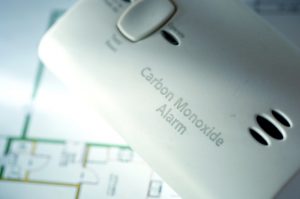
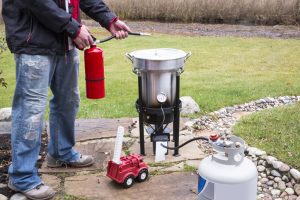



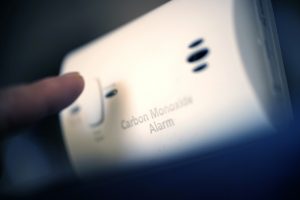
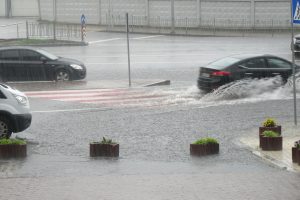
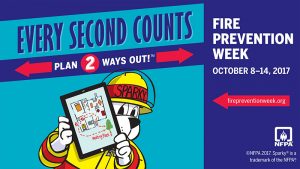 Fire Prevention Week, which stresses the importance of having a home fire escape plan in place.
Fire Prevention Week, which stresses the importance of having a home fire escape plan in place. If you’re like most parents, sending your son or daughter off to college can be pretty nerve wracking. You worry about all the things you’ve worried about since they were young – illness, happiness, safety– only now you need to worry from further away.
If you’re like most parents, sending your son or daughter off to college can be pretty nerve wracking. You worry about all the things you’ve worried about since they were young – illness, happiness, safety– only now you need to worry from further away.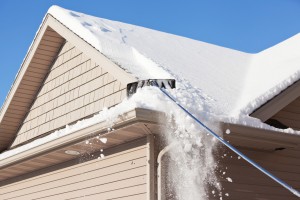 Winter in New England can bring with it frigid temperatures, lots and lots of snow, as well as brilliant, sunny days when the warmth of the sun entices people outside to do some skiing, ice skating or sledding.
Winter in New England can bring with it frigid temperatures, lots and lots of snow, as well as brilliant, sunny days when the warmth of the sun entices people outside to do some skiing, ice skating or sledding.